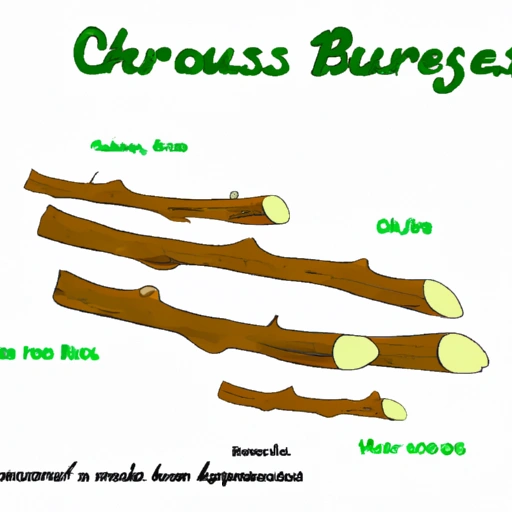Licorice Root
Description

Licorice root, derived from the plant Glycyrrhiza glabra, is a sweet, aromatic herb that has been used for thousands of years both as a flavoring agent and medicinal remedy. The root contains a compound called glycyrrhizin, which is over 50 times sweeter than sugar, contributing to its distinct taste. Licorice root is versatile, finding its place in both sweet and savory dishes, as well as a variety of traditional medicines across the world.
Common uses
Licorice root is widely used in the food and pharmaceutical industries. It flavors candies, liqueurs, and tobacco products, and is also used in traditional medicines for coughs, digestive issues, and as an anti-inflammatory agent. Additionally, licorice extract is found in cosmetics and personal care products such as toothpaste and skin cream.
Nutritional value
Calories
Raw licorice root contains minimal calories, with a typical serving of 1 teaspoon (about 2 grams) providing less than 5 calories.
Protein
Licorice root is not a significant source of protein, with negligible amounts present in common servings.
Fat
There is virtually no fat in licorice root, making it a fat-free ingredient for culinary uses.
Carbohydrates
In its raw form, licorice root contains minimal carbohydrates. However, products containing licorice extract may have higher carbohydrate content due to added sugars.
Vitamins
Licorice root is not a significant source of vitamins, but it may contain small amounts of B-complex vitamins in trace amounts.
Minerals
The root contains minerals such as potassium, phosphorus, and magnesium in trace amounts, contributing minimally to daily intake requirements.
Health benefits
Licorice root is believed to have anti-inflammatory, antimicrobial, and antiviral properties. It's commonly used in herbal medicine to soothe gastrointestinal problems, reduce stress, and support adrenal gland function. Its expectorant qualities make it beneficial for treating respiratory conditions as well.
Potential risks
While licorice root has many purported health benefits, it can also pose risks if consumed in excessive amounts. Glycyrrhizin, the sweet compound in licorice, can cause potassium levels in the body to drop, leading to abnormal heart rhythms, high blood pressure, edema, or even congestive heart failure in severe cases. Individuals with high blood pressure, kidney disease, or pregnant women should limit their intake of licorice.
Common recipes
Licorice root is used to flavor a variety of recipes, including sweets like licorice candy, beverages like herbal teas and anise-flavored liqueurs, and even savory dishes such as braised meats and stews.
Cooking methods
The root can be used whole, chopped, or in powdered form. It is often boiled or steeped in water to extract its sweet flavor, which is then incorporated into syrups or infusions for various culinary applications.
Pairing with other ingredients
Licorice pairs well with flavors like anise, fennel, chocolate, and cinnamon. It can also complement the flavors of citrus, ginger, and mint in both food and beverage recipes.
Summary
Licorice root is an ancient herb known for its sweet flavor and potential health benefits. While commonly associated with candy, its uses span across culinary, medicinal, and cosmetic fields. While it offers a range of benefits, caution is advised to avoid potential health risks associated with excessive consumption.